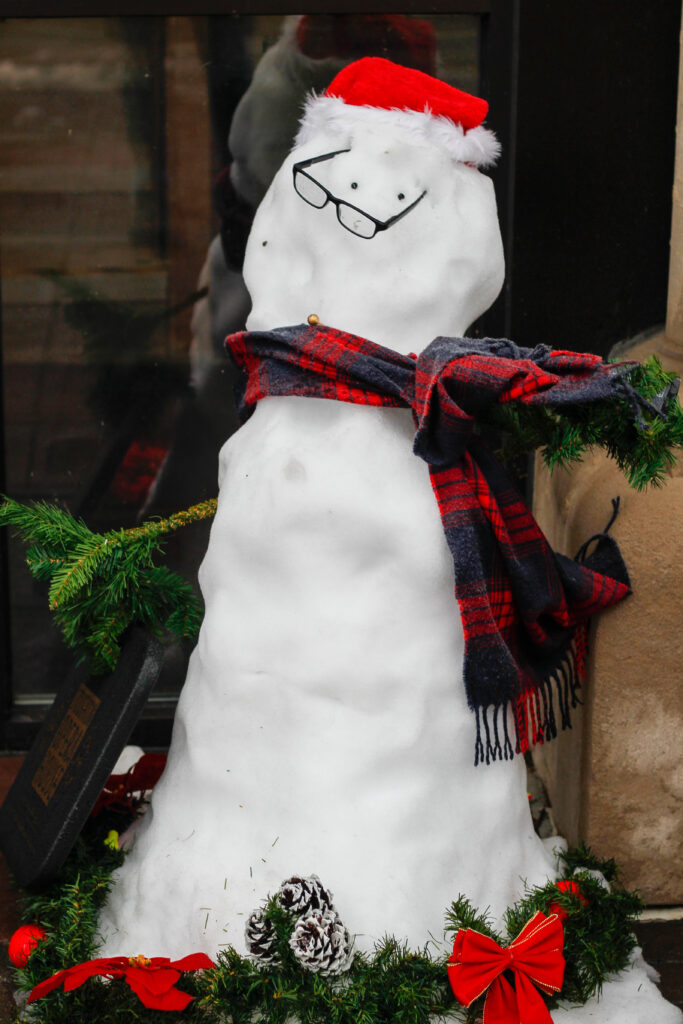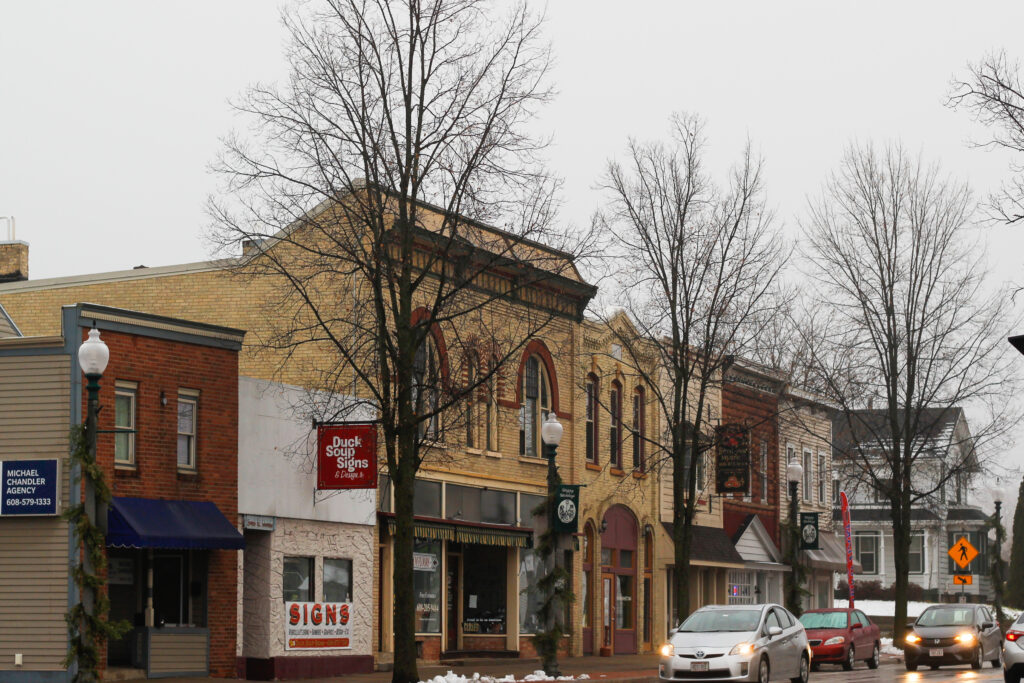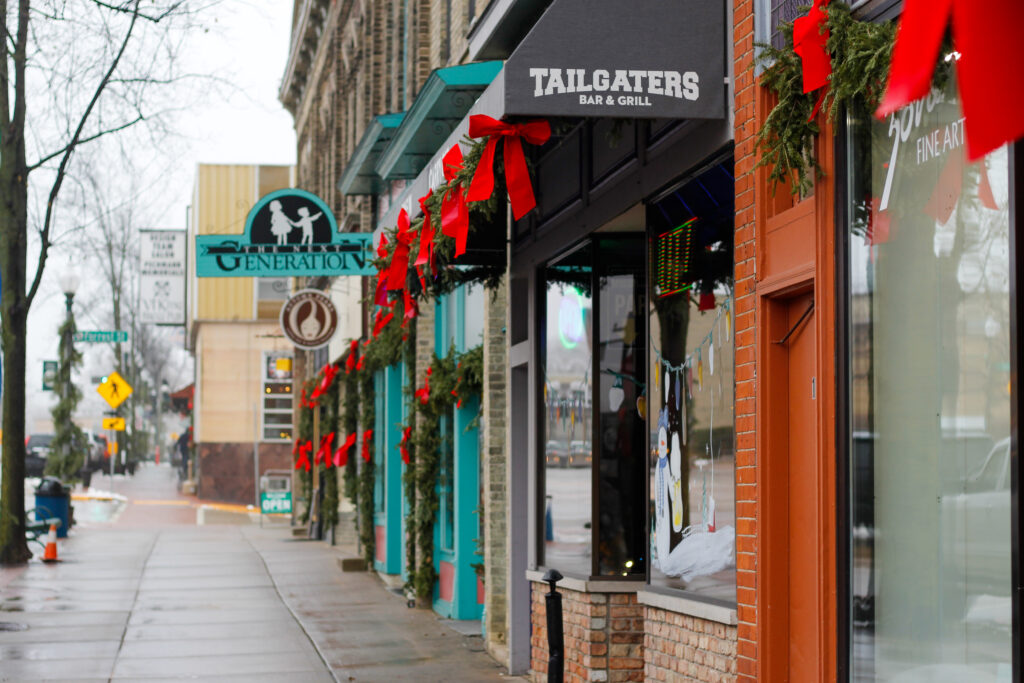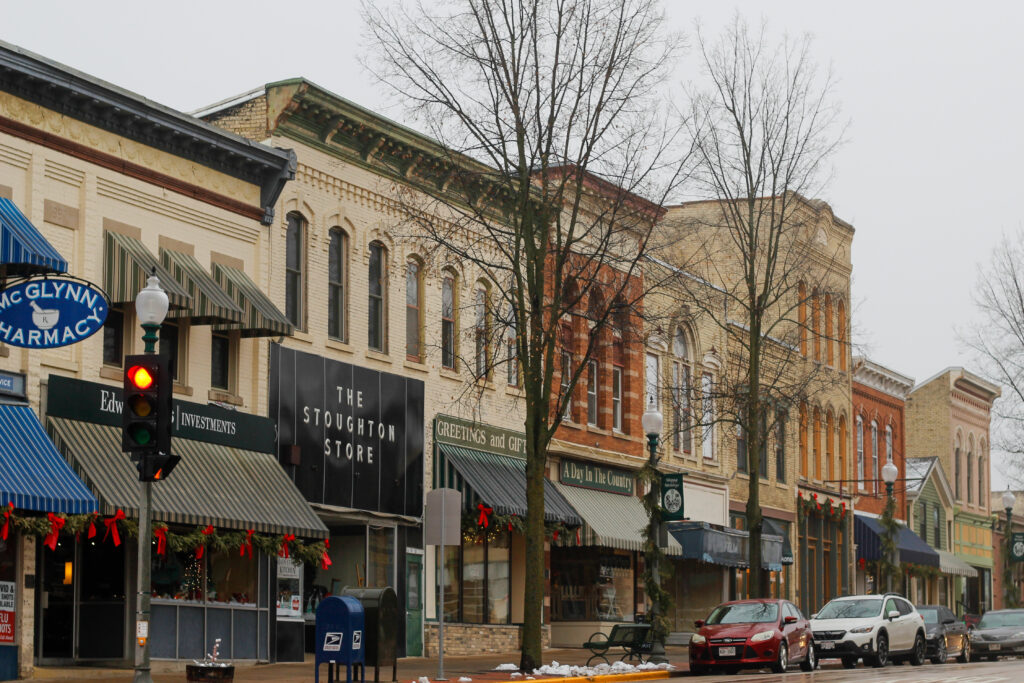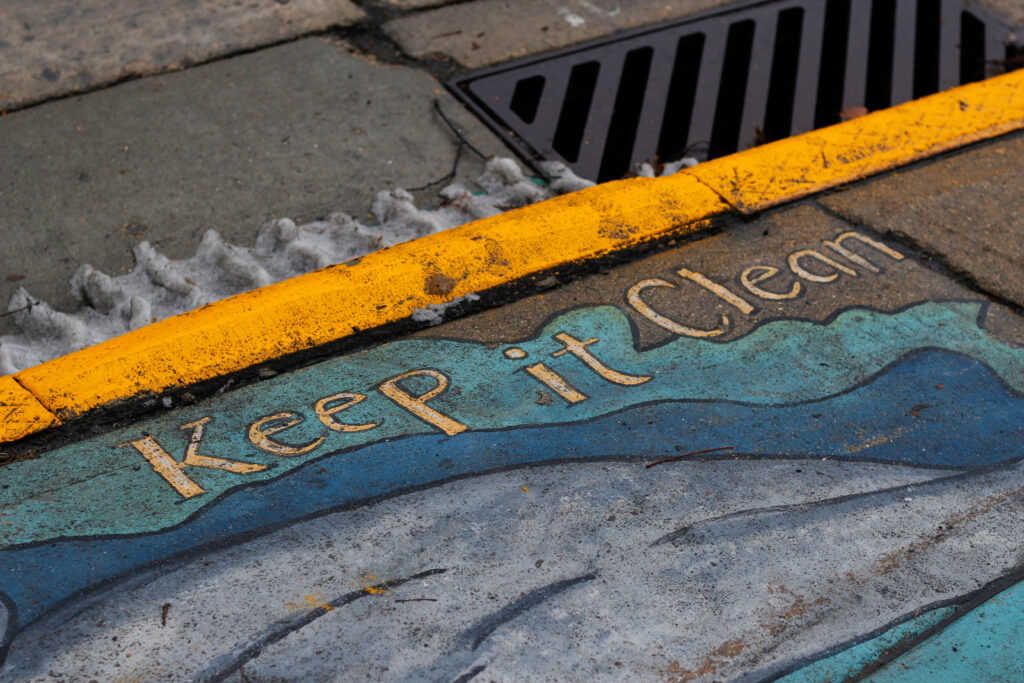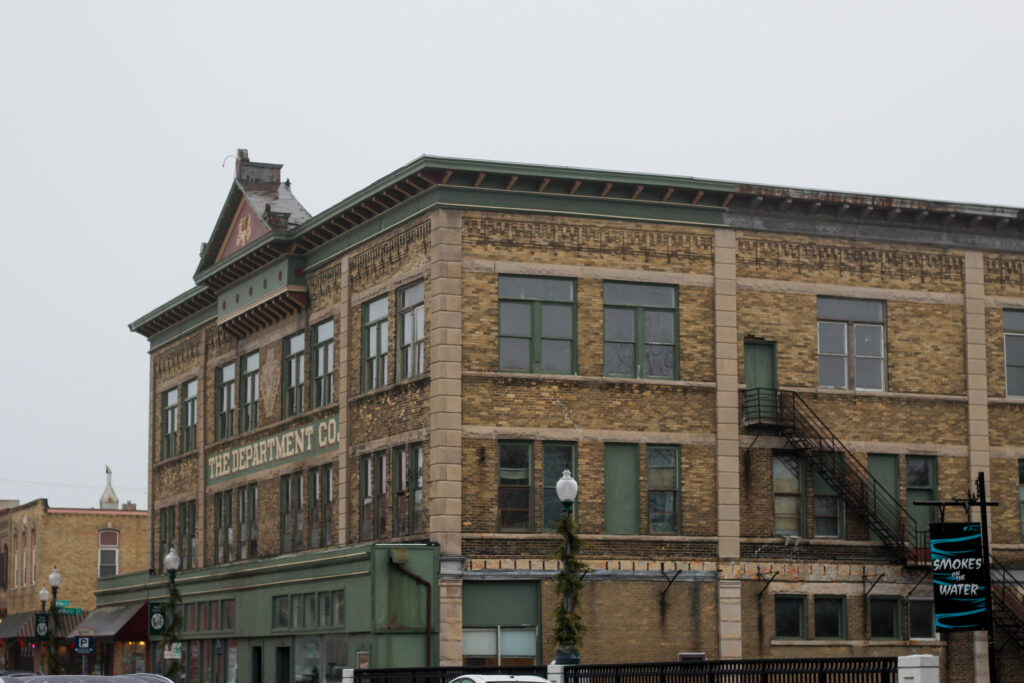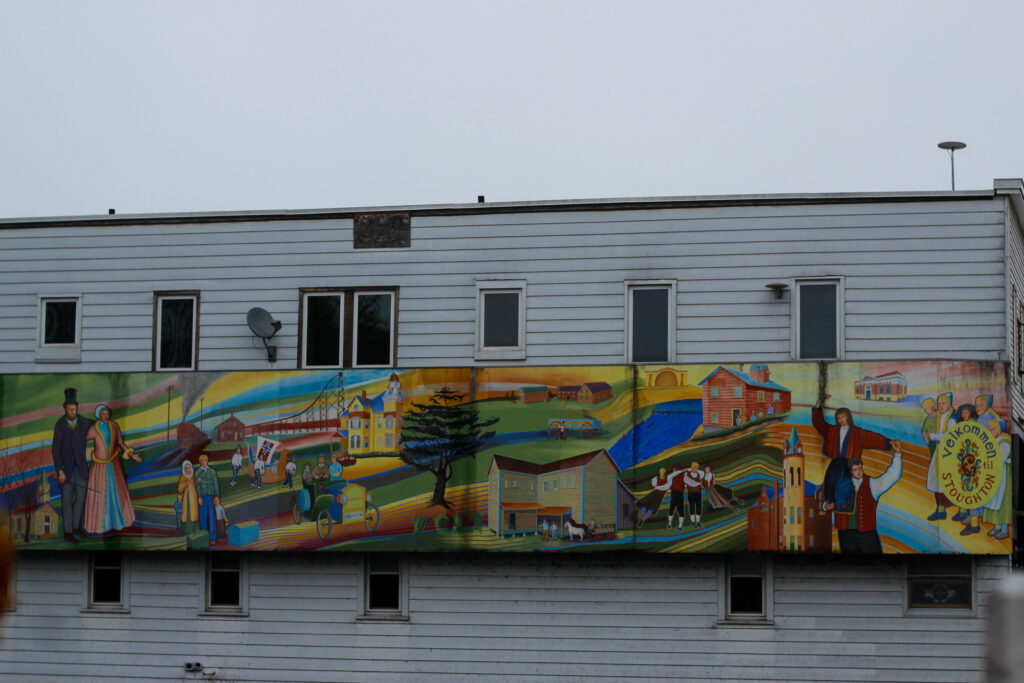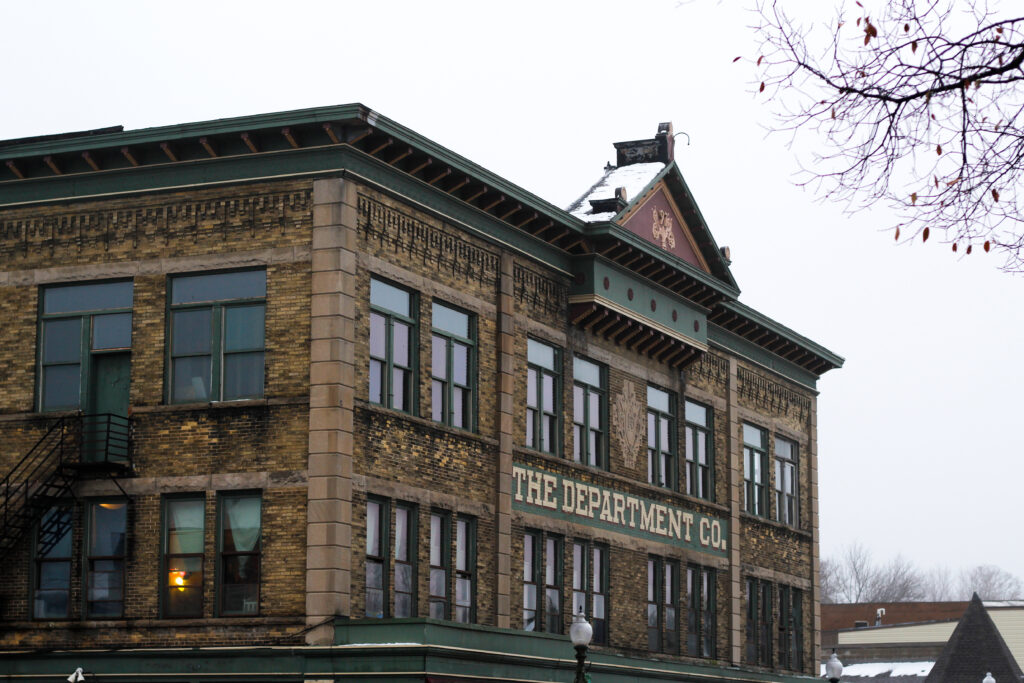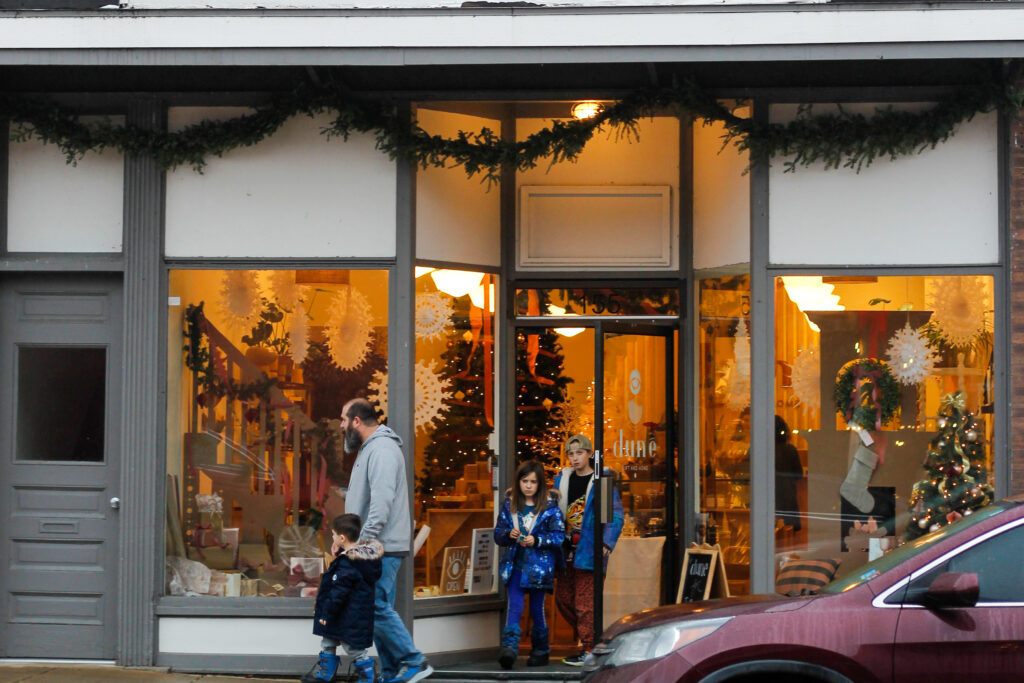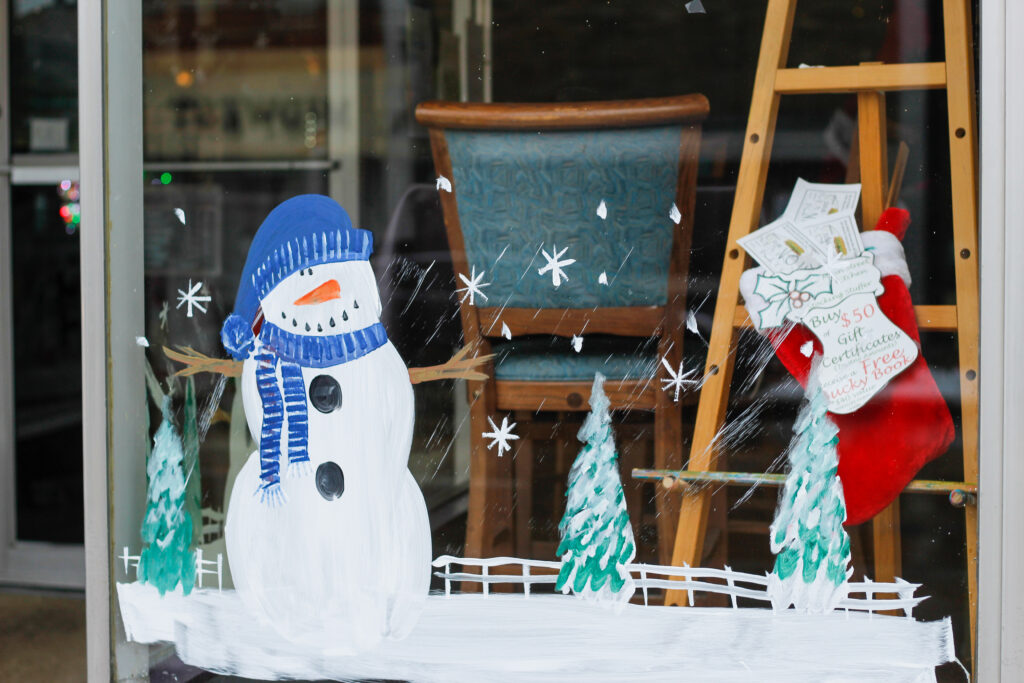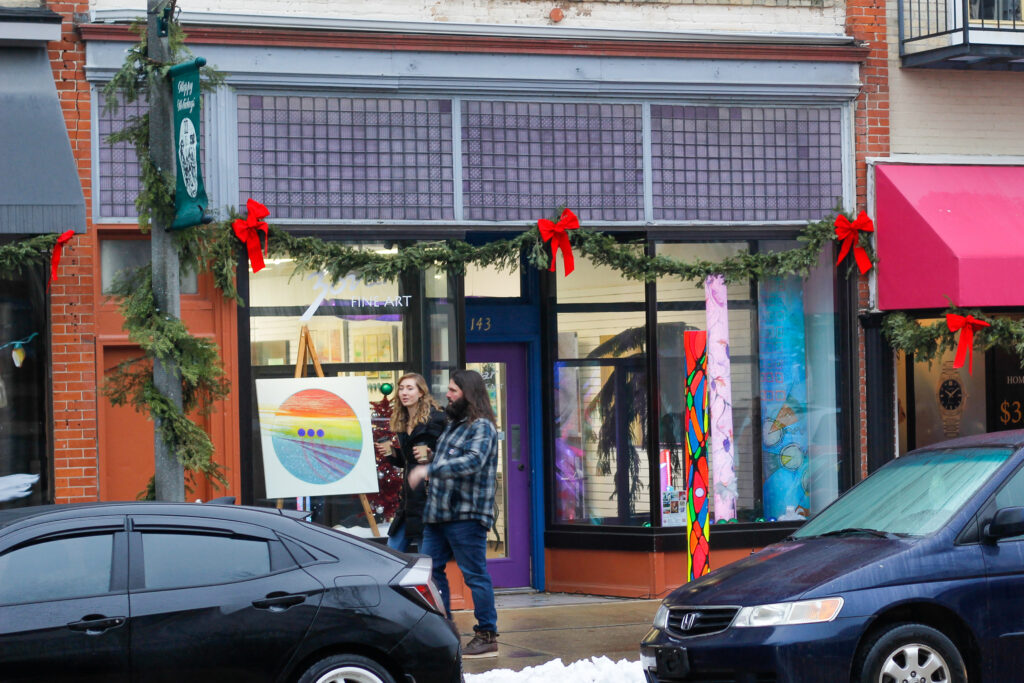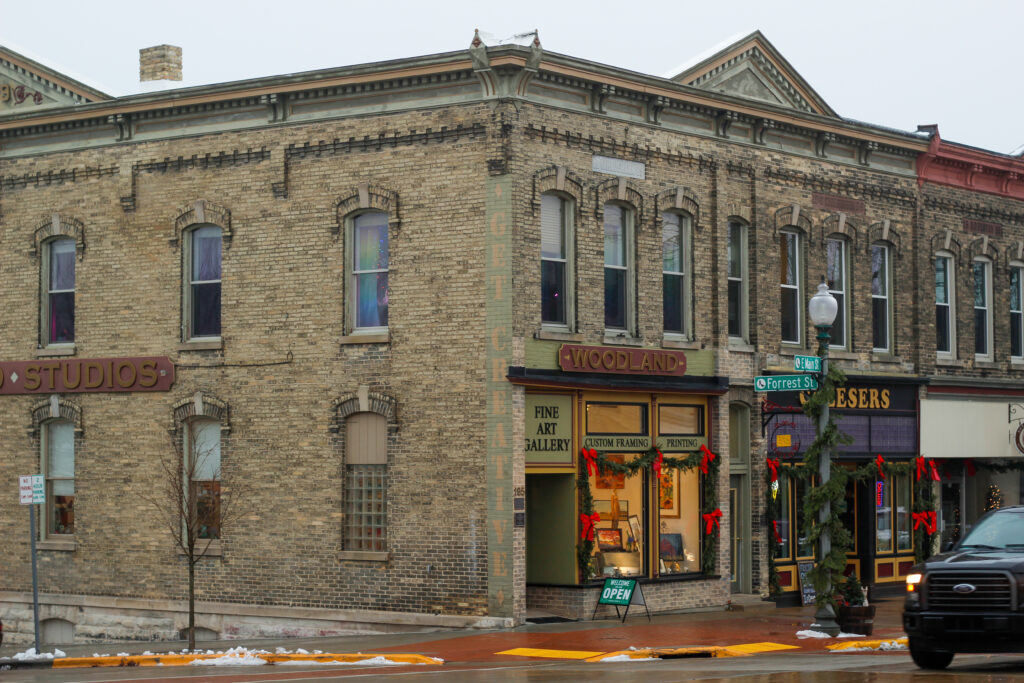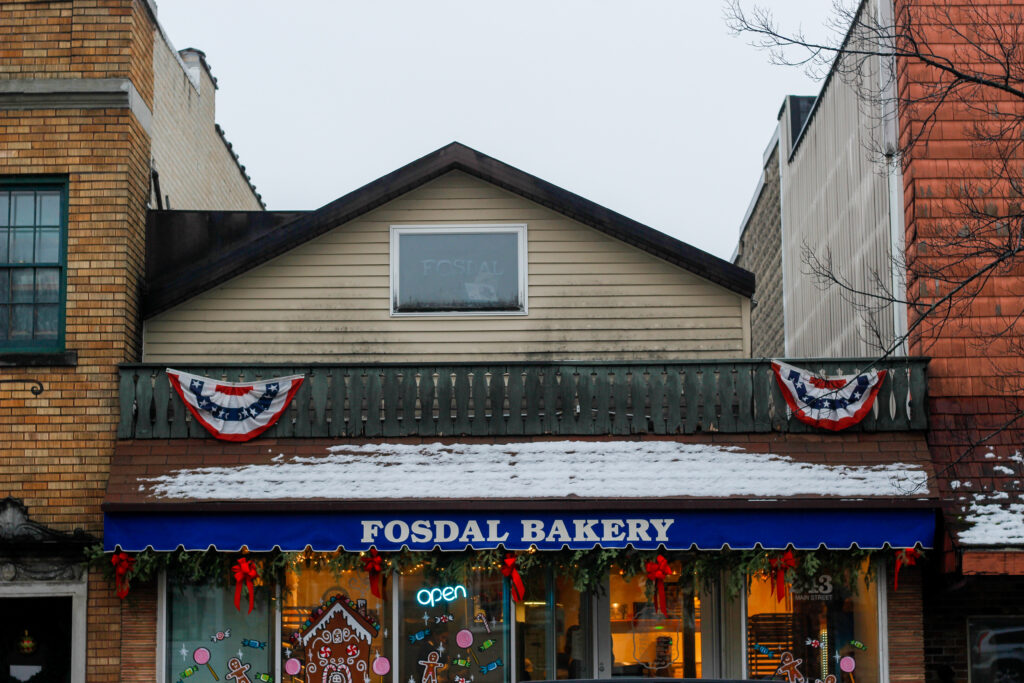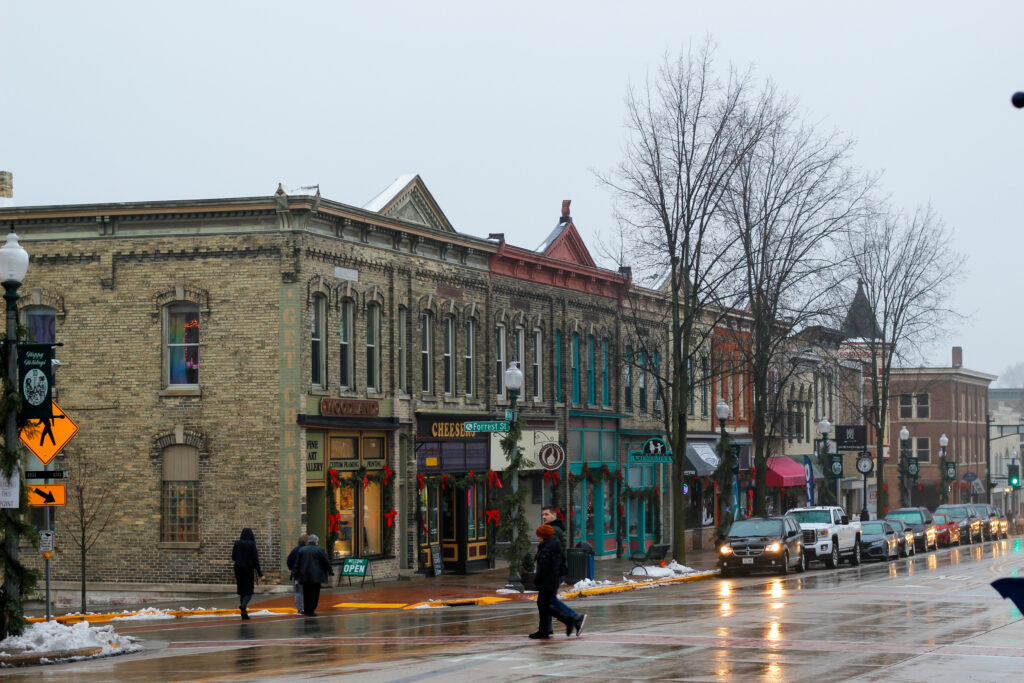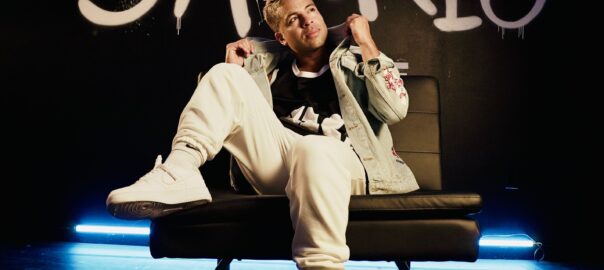A loud “let’s go” reverberated from the audience as Charli XCX’s “Vroom Vroom” blasted from the speakers while one dancer stood over another and pretended to ride them like a car. Dressed in navy blue mechanic coveralls with switching white and orange bandanas, Madison-based urban dance crew Barrio Dance Factory commenced their nearly 6-minute long routine on the biggest stage they’ve approached yet, World of Dance Chicago.
But, Barrio Dance Factory has a specific origin and that origin is AJ Juarez.
When Juarez was 14, he went to a quinceañera in his hometown of Buenos Aires, Argentina. He described this in comparison to any other quinceañera and celebration in Latinx culture, meaning there was a busy and crowded dance floor. Juarez had no idea that this moment would spawn into an entire career throughout the years.
“I had no idea about dance, but I knew I had good rhythm, so I started freestyling,” Juarez said.
At the party, a local dance instructor told Juarez that she would give him a scholarship to train at her studio. Juarez agreed because of his natural affinity for dance and the inability of his family to provide the necessary financials for the expensive practice.
“My parents didn’t have the resources to send me to dance class. Dance was completely out of my thoughts,” Juarez said.
But now, almost two decades later, Juarez lands in Madison, Wisconsin, owning one of the city’s premiere urban dance studios, Barrio Dance.
“Barrio means neighborhood,” the studio’s website and Juarez explained. “That’s what we’re trying to create.”
Barrio Dance Factory crew member Madison Luizzo explained the welcoming and enriching nature of the studio.
“Barrio provides a safe space for anyone in the Madison area and even outside of Madison to come together and feel like they can be themselves with absolutely no judgment, but absolute encouragement and support,” Luizzo said.
It wasn’t a straight shot for Juarez to end up in Madison. Originally from Argentina, dancing has taken him to Los Angeles, New York, London and other parts of Europe as well. Among the dance world, Juarez lamented that flexibility and spontaneity are necessary to stay afloat.
A year before graduating from the Julio Bocca School of Musical Theater in Buenos Aires, Juarez landed roles with Argentina’s Broadway programming in “Applause” and “Aladdin.”
From there, he went on cruises and traveled across the world working with Royal Caribbean and Celebrity Cruises as a featured dancer.
“I learned a lot, but I feel like cruise ships kind of stop you from growing because you do the same show,” Juarez said.“I had the time of my life traveling the world, getting paid to travel the world and doing what I love.”
If there is one thing about Juarez, it is that he is not complaining. Throughout his journey into dance, he has remained grateful for the opportunities he has had to continue a career in a competitive and at times hostile industry.
So, after this Juarez needed a change. After sunbathing in Majorca and gallivanting through the French Riviera, Juarez needed consistency. He found himself in Madison after visiting an ex-girlfriend from the area.
“It’s small but it has everything you need,” Juarez says about Madison.
Juarez said people always ask him, “Why Madison? Why a medium-sized town in a Midwestern state that is not necessarily a hub for dance?”
“I feel like I can help a community here. I have a purpose,” Juarez says.
Unlike cities like New York, Los Angeles and Chicago, Juarez discussed the small, burgeoning dance community as an opportunity for development. Juarez said there are hundreds of dance studios in each of those cities alone, so the possibility for impact is much greater in a community that doesn’t have excess possibilities to begin with.
“It’s also about the culture. In places like New York, even if you have a day off you feel like you have to move very fast,” Juarez said. “This creates a lot of stress in your life, not even having a busy schedule, but just energy.”
Then, along came Barrio Dance. Employees and students of Barrio Dance agreed that the community created in that studio was next to none.
“Barrio brings so many people together through dance. I have met some of my closest friends through classes that I would have never crossed paths with without this community,” Barrio student Erin Wiegman said about the culture of the studio. Wiegman agrees that the structure of Barrio Dance is more impactful in Madison than it would be in other bigger cities.
Dance as an artform encourages the basis of Barrio’s strong community.
“Dance is a powerful tool for community building that empowers individuals and strengthens the collective,” Barrio instructor Jessica Billings said.
Juarez works to expand the output of his team and community at large. Luizzo talks about the opportunities Juarez gives his staff to continue improving their craft and discipline.
“This is very uncommon at most studios, but AJ believes that you can always improve and you should never stop training,” Luizzo said. “He does an amazing job of helping his students come out of their shells and find their true passion for dance.”
Juarez has dedicated years of managerial meetings, behind the scenes work and late nights and early mornings to build this community. From Buenos Aires to Madison, Juarez recognizes the work necessary to keep and enhance Barrio Dance.
“It all comes from the experience of what I saw and what I lived,” Juarez said. “It involves a lot of time where you don’t get paid and do it for the love of helping.”
Back at World of Dance Chicago, Barrio Dance Factory concluded their performance by throwing their bandanas on the ground. The fabric floated gently on the stage after six minutes of exhausting and grueling work. Smiles illuminated from the whole crew. After a few seconds of stillness, the crowd and dancers erupted.
Some stood on stage and blew kisses to the crowd. Others wiped their faces in disbelief and fatigue. Juarez stood in the front and center spot, his crew behind him and beat forcefully on his chest and let out one last “let’s go,” as the dancers exited.
Juarez summarized this experience best.
“I needed a place where I could call home, and that is Barrio,” he said.

